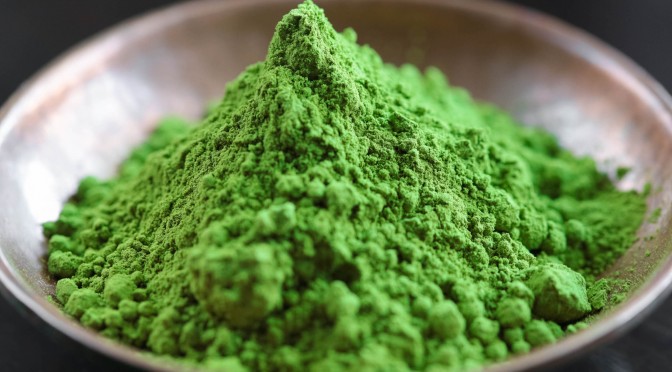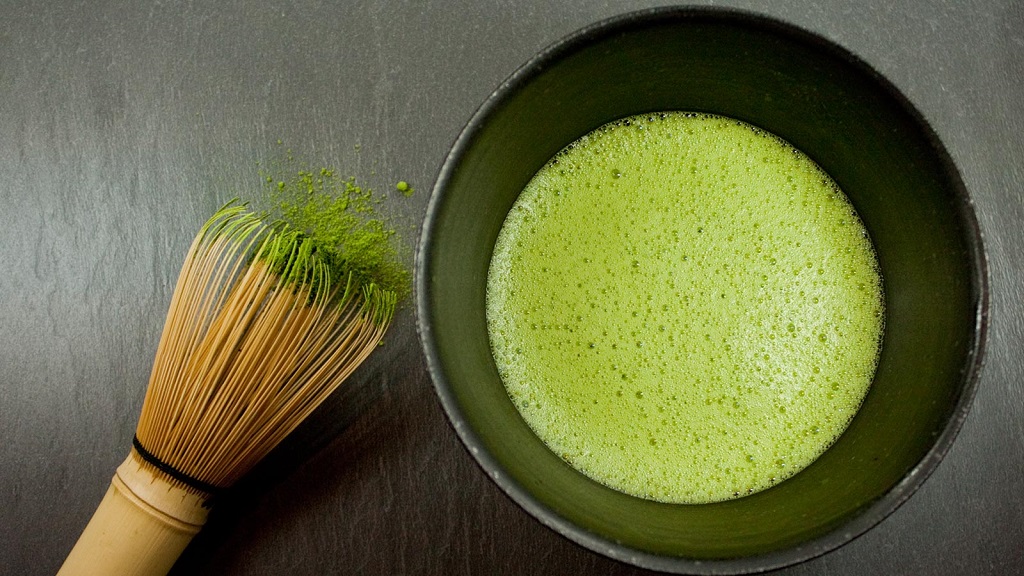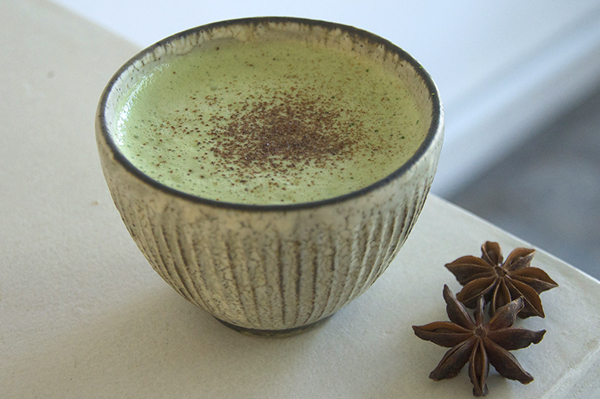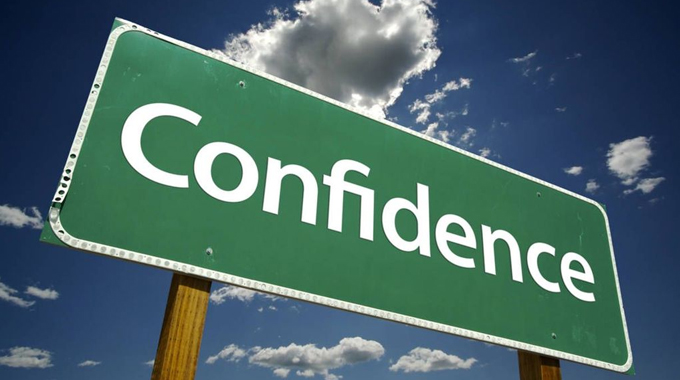Matcha tea is everywhere. Initially a beverage reserved for the healthiest of angelic eaters, the frothy beverage has become more mainstream in recent months as more people convert to its antioxidant rich goodness.
‘Matcha’ means ‘powdered tea.’ Whilst traditional green tea is made by infusing tea leaves with hot water, before the leaves are discarded, in the case of matcha the leaves are ground and mixed with water. When you drink it you ingest all of the goodness. The leaves are shaded by material as they grow, before being hand-picked and dried in cold storage.
The tea gains most of its ‘superhealthfood’ credentials because the whole leaf is ingested – providing greater antioxidants, vitamins and minerals than standard green tea. Vitamins and minerals you’ll find in the tea are vitamin C, selenium, chromium, zinc and magnesium. These goodies won’t, on their own, make you a better cyclist. However, they could improve your energy levels, recovery time and immune system.
- What are antioxidants?
- Antioxidants are believed to prohibit the oxidation of molecules in the body, and fight against illness and disease. They’ve been linked to prevention of many disease types – though evidence is still considered inconclusive.
The key antioxidants in question are called ‘polyphenols’ – they’ve been linked to protection against heart disease, cancer, and better blood sugar regulation and blood pressure reduction. It’s also believed that one form of polyphenol in matcha (called EGCG) could boost metabolism as well as being a powerful aid in the fight against cell damage and ultimately, cancer. Again – these antioxidants aren’t going to be the key to being a faster cyclist, but they will aid your general health.
As well as being full of antioxidants, the fact that you’re ingesting the leaves whole means that you consume much more caffeine than a standard cup of green tea. Regular drinkers claim that matcha provides an alertness, without the jitters of strong caffeine – but this is pretty subjective and hard to prove. Regardless, the caffeine content means that a cup of matcha before your next session might well give you the energy to push harder and for longer.
Evidence of these benefits?
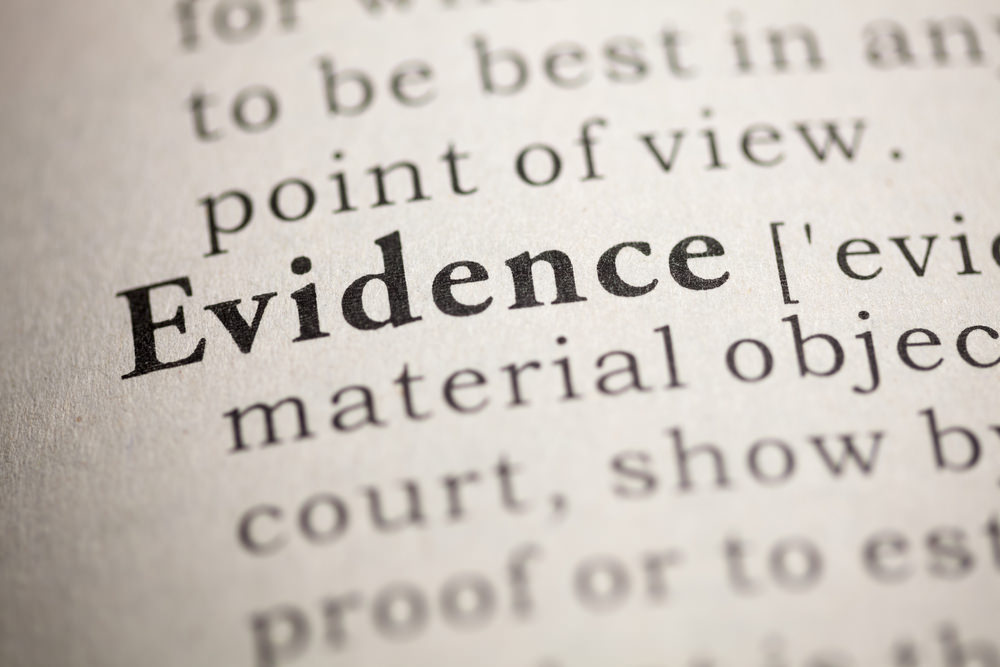
The benefits and antioxidant contents of matcha teas have been tested by ConsumerLab – they back up the claims made by most matcha brands – saying: “matcha powders provide a higher concentration of antioxidant catechins, including EGCG, than brewable green teas. … There is evidence that green tea, as a drink or extract, may reduce the risk of heart disease, stroke, type 2 diabetes, and some forms of cancer. Much of the research behind green tea is not from clinical trials designed to establish cause-and-effect relationships, but from studies of populations (typically in Asia) where the use of green tea is common.”
They add: “The health benefits are generally associated with intakes of about 2 to 5 cups of brewed green tea daily (which should yield about 100 to 200 mg of EGCG). Higher amounts of EGCG from extracts have been used in some studies, particularly those for cancer and weight loss, which have shown some benefit, although the weight loss effect may be due to caffeine in green tea.”
Risks of matcha?
If you’re going to start drinking matcha, you should know that some green tea leaves have been found to contain lead that is absorbed from the natural environment. Most of this remains in the leaf, which is not usually consumed – except in the case of matcha. Studies carried out by Consumer Lab have suggested that matcha teas are less likely to contain lead – they say: “ConsumerLab found matcha powders to be virtually free of contamination with heavy metals (lead, arsenic, and cadmium) and pesticides.” However, the lead content is greatly influenced by the country of origin – they say green tea from China is likely to be high in lead, whilst leaves from Japan are less likely to be contaminated. So though matcha is less likely to contain lead, it’s even less likely if you buy Japanese varieties.


